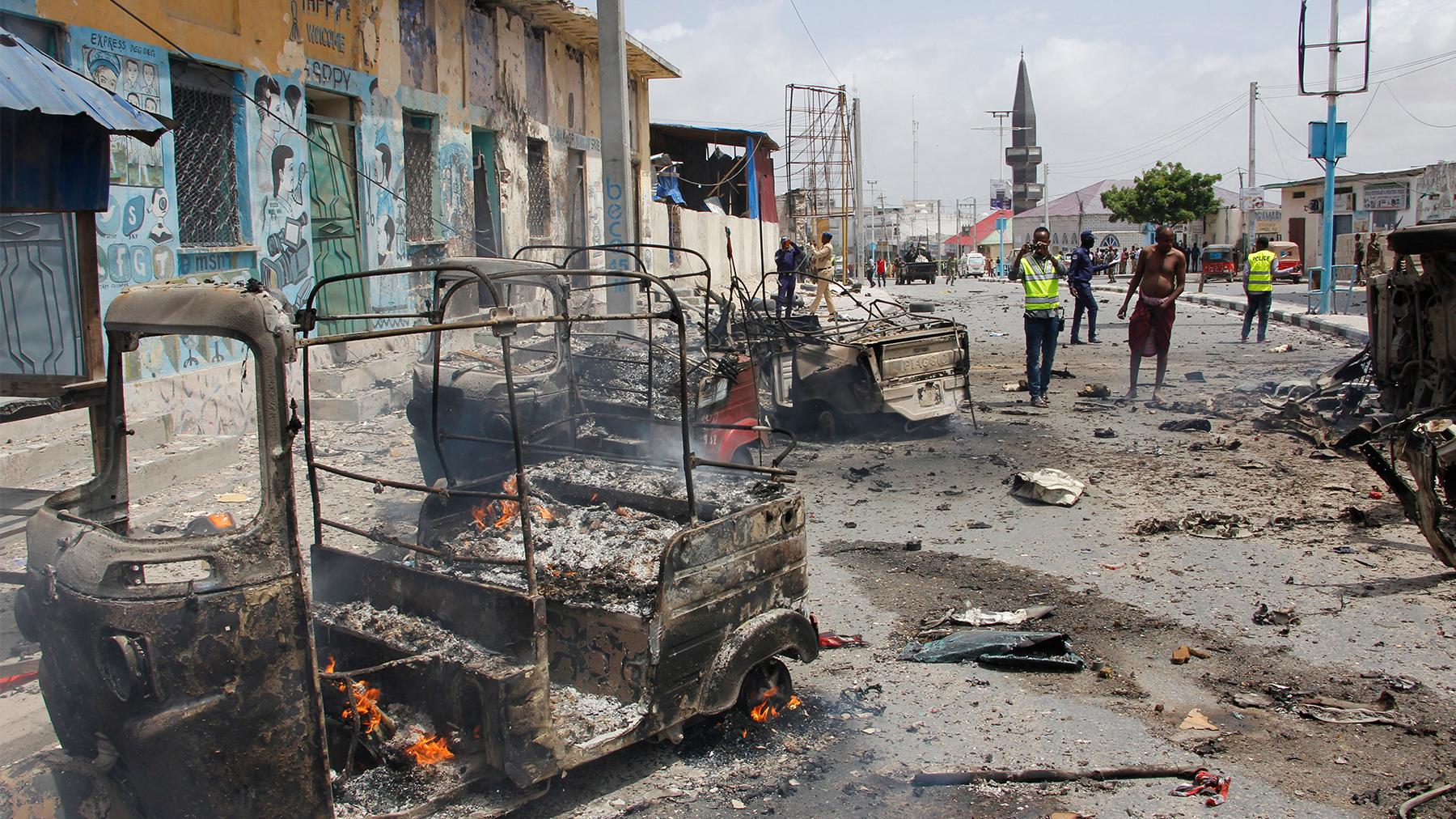Modern international refugee protection efforts grew from the ashes of Europe in World War II, bringing together nation-states through the United Nations to offer asylum to refugees uprooted from the war.
A history: Asylum in the United States is part of the Southern Poverty Law Center’s No End in Sight report. Read the full report.
These efforts also arose after a considerable history of the United States excluding immigrant groups based on race and ethnicity – efforts exemplified by the Chinese Exclusion Act of 1882. In wartime, the United States used national security concerns to justify its refusal to offer refuge to German Jews.
The modern international legal framework for asylum and the U.S. Refugee Act of 1980 provide protection to persons who fear returning to their home country because of past persecution or a well-founded fear of future persecution based on their race, religion, nationality, membership in a particular social group or political opinion.1
In recent years, armed conflict and forced migration have fueled the world’s most serious refugee crisis since World War II, pushing more people to seek asylum in the U.S. From FY 2016 through FY 2017, asylum decisions jumped 35 percent, from 22,312 cases to 30,179.
The United States has seen a sharp rise in asylum applications from Mexicans and Central Americans devastated by structural violence committed by state and nonstate actors, such as transnational criminal organizations trafficking drugs, weapons and people. In some instances, U.S. foreign policy focused on drug interdiction and suppressing opposition to U.S. economic interests, including funding for the militarization of police and paramilitary forces, has only increased conflict.
Growing denials
Against this backdrop, judges are denying a growing share of asylum claims. In the five-year period ending in FY 2017, asylum denials jumped to 61.8 percent from 44.5 percent.
Claims by applicants from Mexico saw the highest denial rate among the 10 nationalities with the most asylum cases: 88 percent of claims were rejected. The three Central American countries referred to as the Northern Triangle, which saw a five-fold increase of asylum seekers between 2012 and 2017, also had very high denial rates: El Salvador (79.2 percent), Honduras (78.1 percent) and Guatemala (74.7 percent).
At first glance, one might dismiss these denial rates as evidence that the degree of political repression in the Northern Triangle doesn’t warrant greater rates of asylum. These three nations, however, have some of the highest murder rates in the world and face serious problems with drug trafficking, organized crime and government corruption.
The Honduran military, for example, staged a successful coup of the democratically elected president in 2009. After the coup, then-Secretary of State Hillary Clinton backed new elections rather than the return of Manuel Zelaya as president. The Honduran government has only expanded the military’s police powers in the aftermath. Security forces have been implicated in the killings of protesters and prominent human rights defenders, such as internationally recognized environmental leader Berta Cáceres.
The United States’ asylum practices mirror the treatment of asylum seekers from the Northern Triangle in the 1980s – a period when U.S. foreign policy dictated the fate of immigrants from the region. During that time, the Reagan administration intervened on behalf of repressive state governments in El Salvador and Guatemala. U.S.-backed Contra rebels also used Honduras as a base for staging attacks against Nicaragua’s leftist government.2
The 1980s saw almost 1 million people flee civil war and repression in El Salvador and Guatemala to seek refuge in the United States. Yet the U.S. did not recognize their claims. In 1984, fewer than 3 percent of Salvadoran and Guatemalan asylum cases were approved, compared to 60 percent for Iranians and 40 percent from Afghans.
Refugee Act of 1980, Pub. L. No. 96-212, tit. II, § 201, 94 Stat. 102, 102-06 (1980)(codified at 8 U.S.C. §§ 1101(a)(42), 1157-1159). Back to report.
Cara Labrador and Renwick. Back to report.



